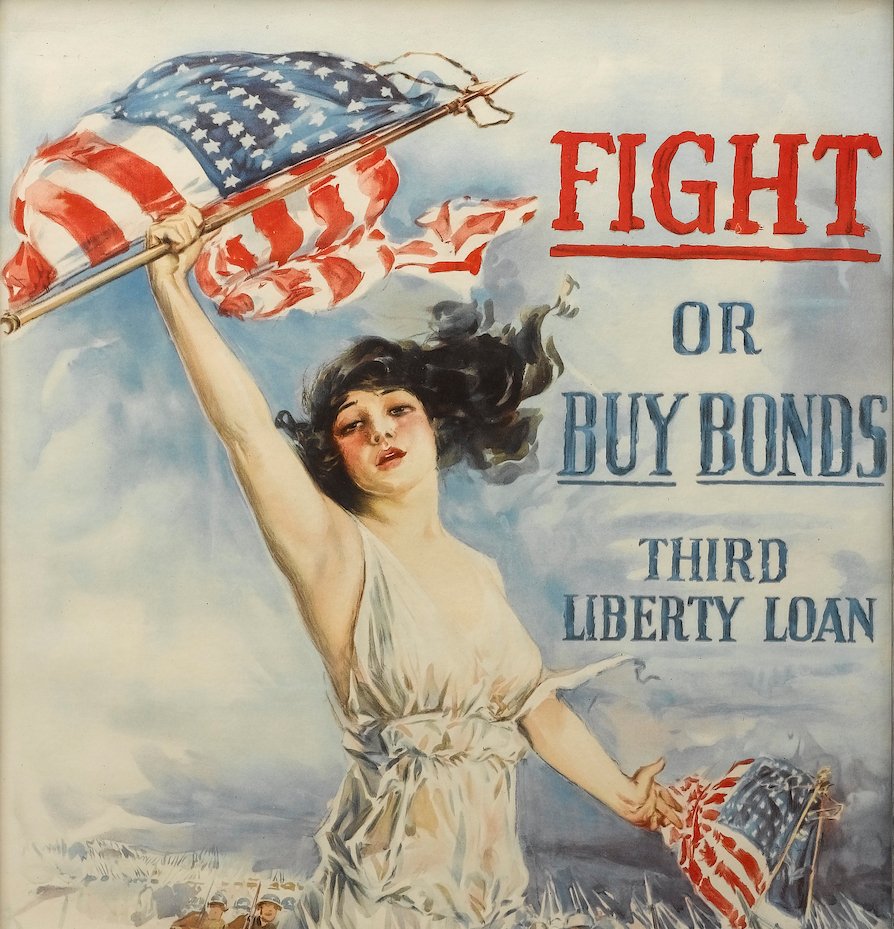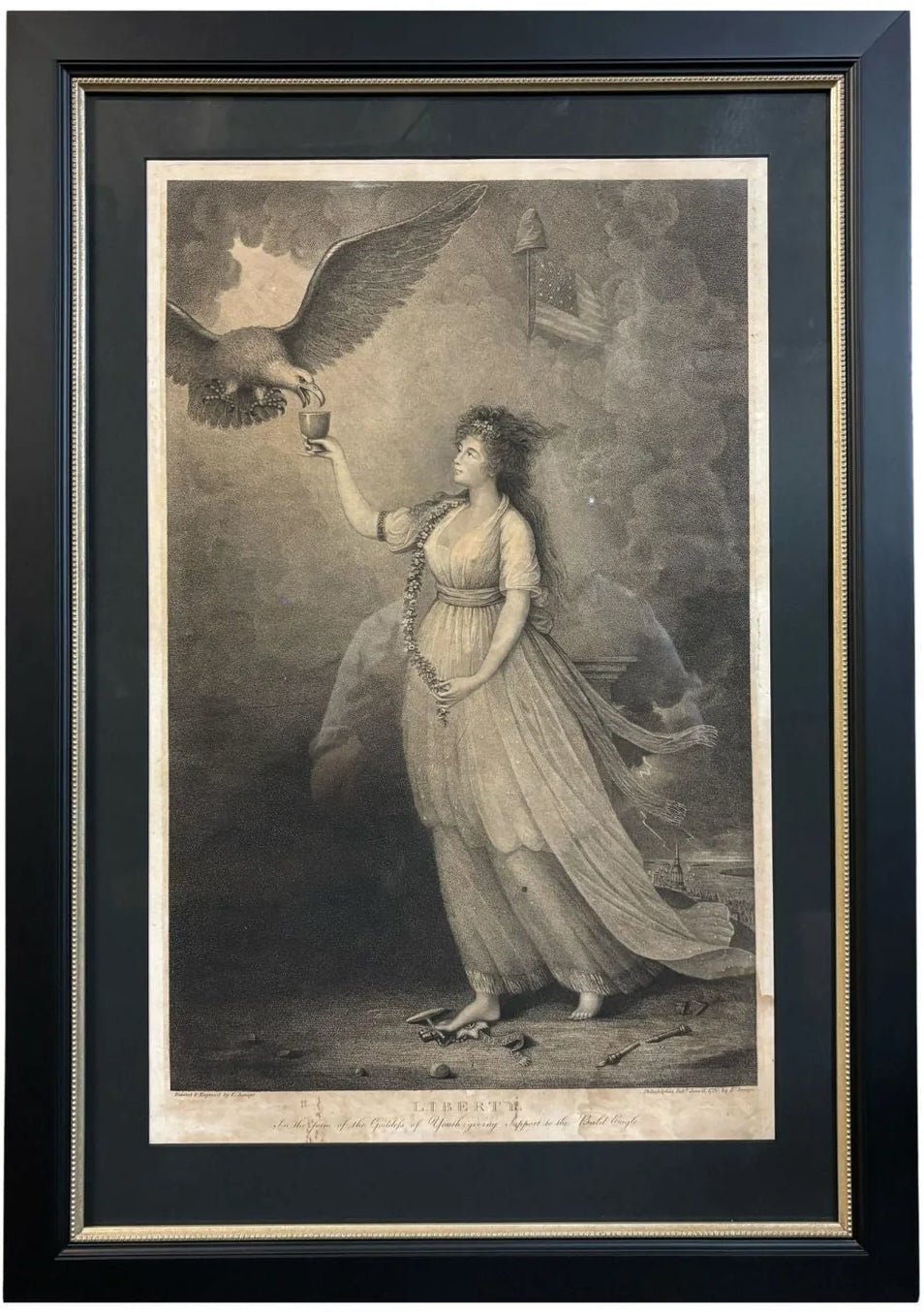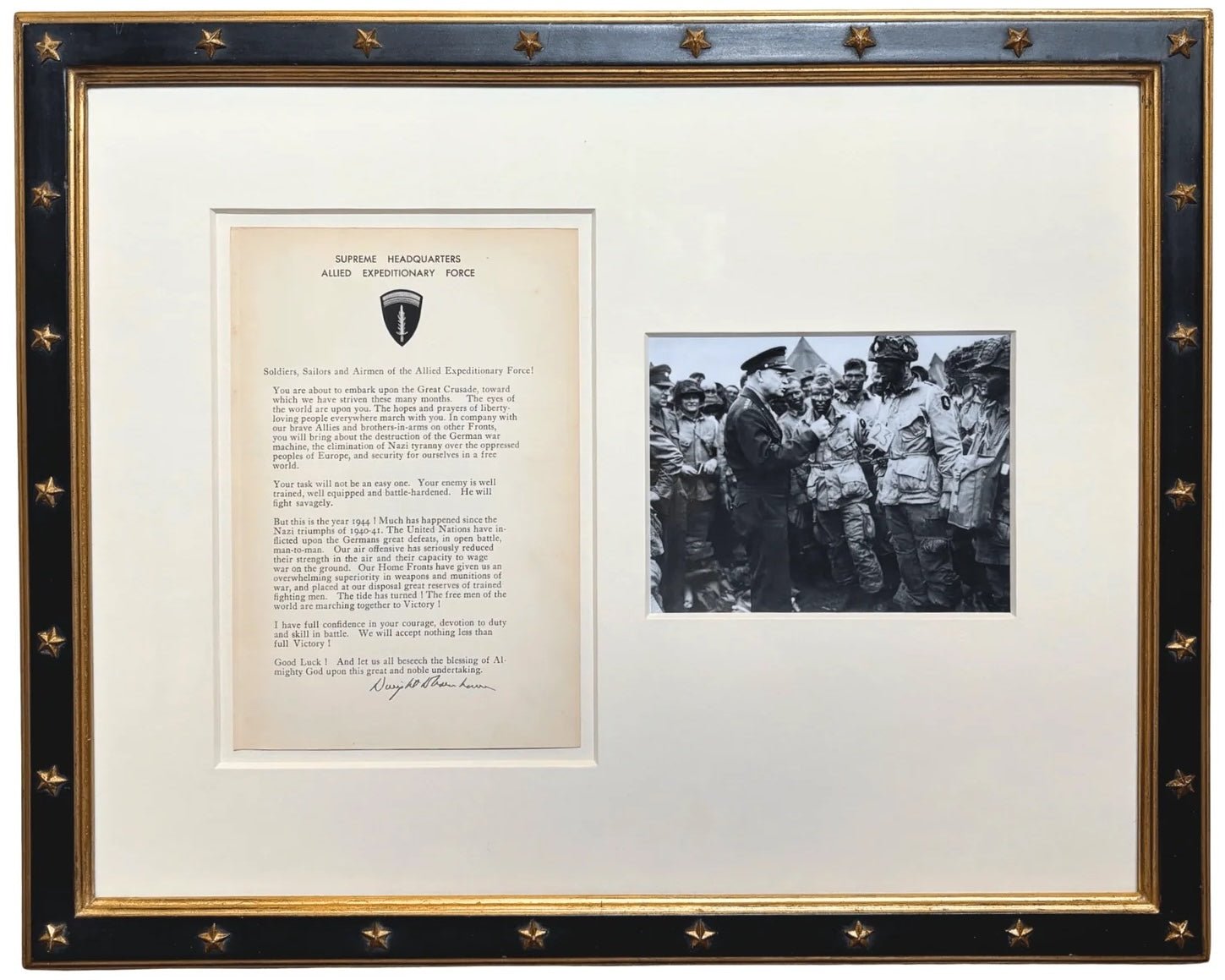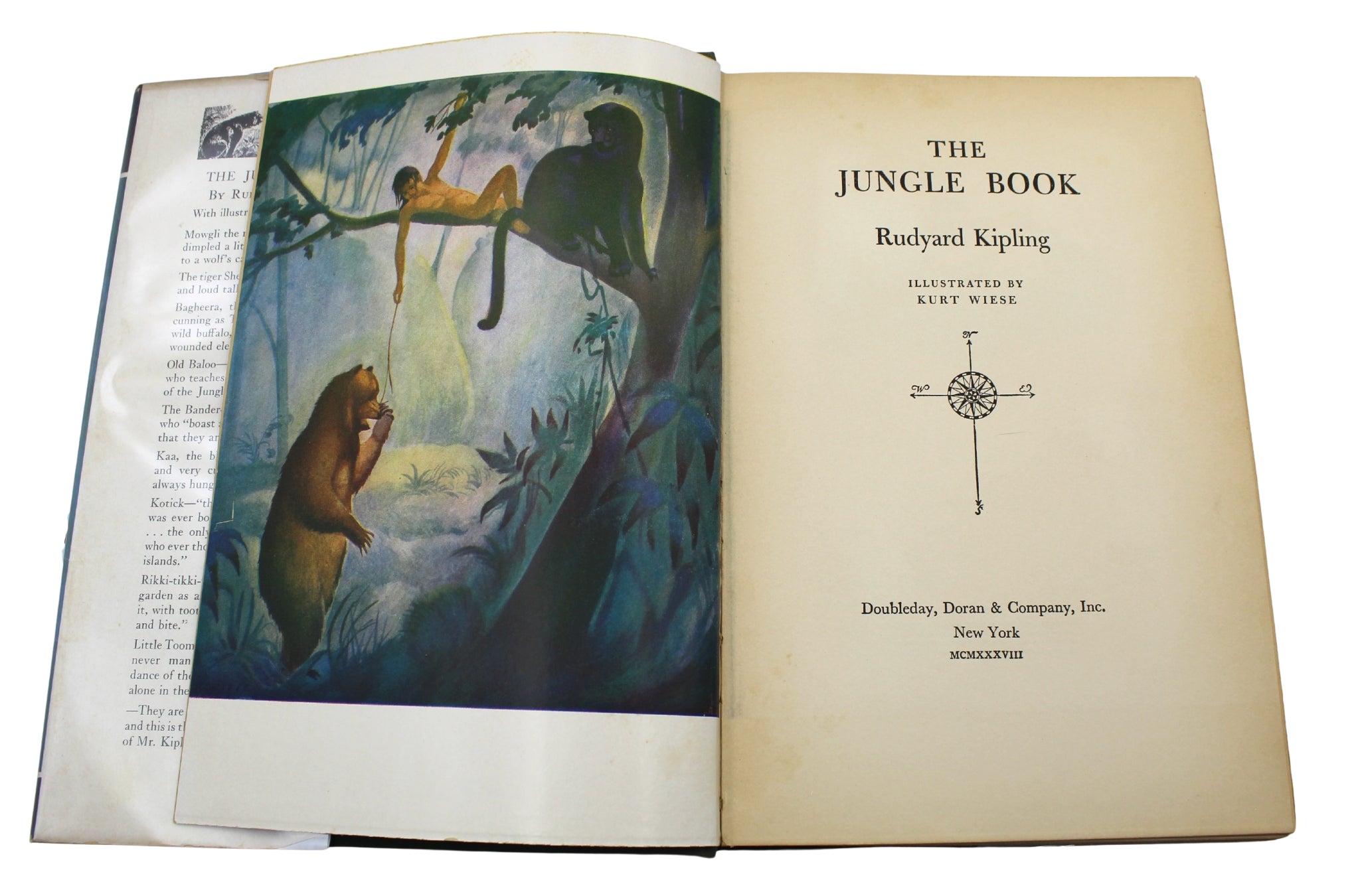The James Bond Series
Bond, James Bond
The massively popular series of James Bond started as books, all masterminded by author Ian Fleming. Ian Fleming (1908–1964) was an intelligence officer, journalist, and creator of the fictional British Secret Intelligence Service agent James Bond. Beginning in 1939, Fleming himself served as a liaison between the Navy and the other secret services, where he was privy to the highest levels of intelligence. Fleming soon became known for his creativity in planning operations, which inspired his later novels. After World War II, he switched careers and became a journalist. In 1953, he published his first James Bond novel, Casino Royale. It was a success, and Fleming wrote a new book each year until his untimely death in 1964.
One reason why Bond became so popular was due to Fleming’s real-life connection to the spy tales. Fleming drew from personal experiences for his work, as well as his runaway imagination. With the first release, Casino Royale, Fleming’s success encouraged him to continue writing. He spent two months per year in his vacation home in Jamaica, strictly writing and writing, supposedly without correcting or second-guessing his work.
In an interview with The New Yorker, Fleming remarked;
"When I wrote the first one in 1953, I wanted Bond to be an extremely dull, uninteresting man to whom things happened; I wanted him to be a blunt instrument ... when I was casting around for a name for my protagonist I thought by God, [James Bond] is the dullest name I ever heard."
However, the Bond character took on an exceedingly strong and influential persona. The Bond series has been portrayed on screen in 26 productions. It all started with Sean Connery as Bond in 1962. The franchise took off from there, with Bond portrayed by the best tall, dark, and handsome actors around on the big screen.
Books such as From Russia, With Love were massive hits across the United States. President John F. Kennedy even named the book in his top ten favorite books, which gave the series the push it needed take off in the U.S. Presented below is the original first edition of the book from its 1957 printing, housed in a custom-built clamshell case.
From Russia, With Love
First Edition, First Printing, 1957
Due to heavy drinking and smoking, Fleming passed away at the age of 56. Even still, his final works were published posthumously. The complete series was compiled later and printed with facsimile reproductions based on the original books. This complete set is entitled the First Edition Library; aside from the original first editions, which are exceedingly expensive and extremely hard to acquire, the First Edition Library 14-volume set is the most collectible complete set ever published. Each book is an exact replica of the original first edition, with faithful matching of size, typography, and dust jacket artwork.
Complete James Bond Series by Ian Fleming
Facsimile First Edition Library, Circa 1980
Shaken, not stirred...










